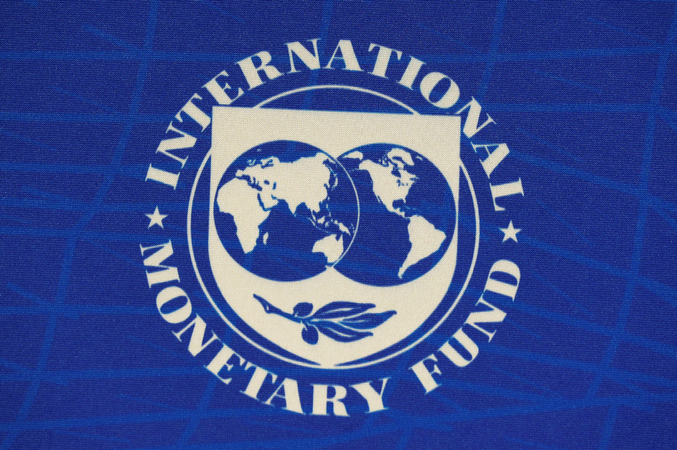India’s obligation to Gross Domestic Product proportion expanded from 74 percent to 90 percent during the COVID-19 pandemic, the International Monetary Fund has said, noticing that it anticipates that this should drop down to 80 percent because of the country’s financial recuperation.

Paolo Mauro, Deputy Director, IMF’s Fiscal Affairs Department told journalists at a news meeting here on Wednesday, “On account of India, the obligation proportion toward the finish of 2019, before the pandemic, was 74% of Gross Domestic Product (GDP), and toward the finish of 2020, it is right around 90% of GDP. In this way, that is an enormous increment, however, it is something that other developing business sectors and progressed economies have encountered also.”
Furthermore, for the instance of India going ahead, in our standard gauge, we expect that the obligation proportion will progressively descend as the economy recuperates. In our benchmark estimate under the presumption of solid monetary development in the medium term, we see obligation getting back to around 80% over the long run,” Mauro said.
Reacting to an inquiry, he said that the quick needs are to keep supporting individuals and firms, and, specifically, to zero in on supporting the most helpless.
Simultaneously, it is essential to console the overall population and financial backers that the public account is leveled out and the best approach to do so is through a dependable medium-term monetary structure.
Vitor Gaspar, Director of IMF’s Fiscal Affairs Department, said that given extending shortfalls and constriction in financial movement, obligation overall expanded strongly to 97 percent of GDP in 2020.
Gaspar said that that nations with better admittance to financing, nations with more grounded cushions, nations with more grounded basics have had the option to give more monetary help during 2020. They can support that monetary help for more, and they have more choices as far as policymaking. It is exceptionally clear when we center around the gathering of developing business sectors explicitly, he said.
“Along these lines, talking about developing business sectors collectively, when taking a gander at the current circumstance, overlook the requirement for financial strategies to be customized to fit to the nation’s conditions, which is a vital highlight make. Obviously, there are chances.
“Once in a while, we have a disturbance or even choppiness in business sectors. At the point when it is important to act to re-establish certainty of business sectors and our participation, the IMF stands prepared to act and has a monetary limit of about USD 1 trillion,” Gaspar said.




